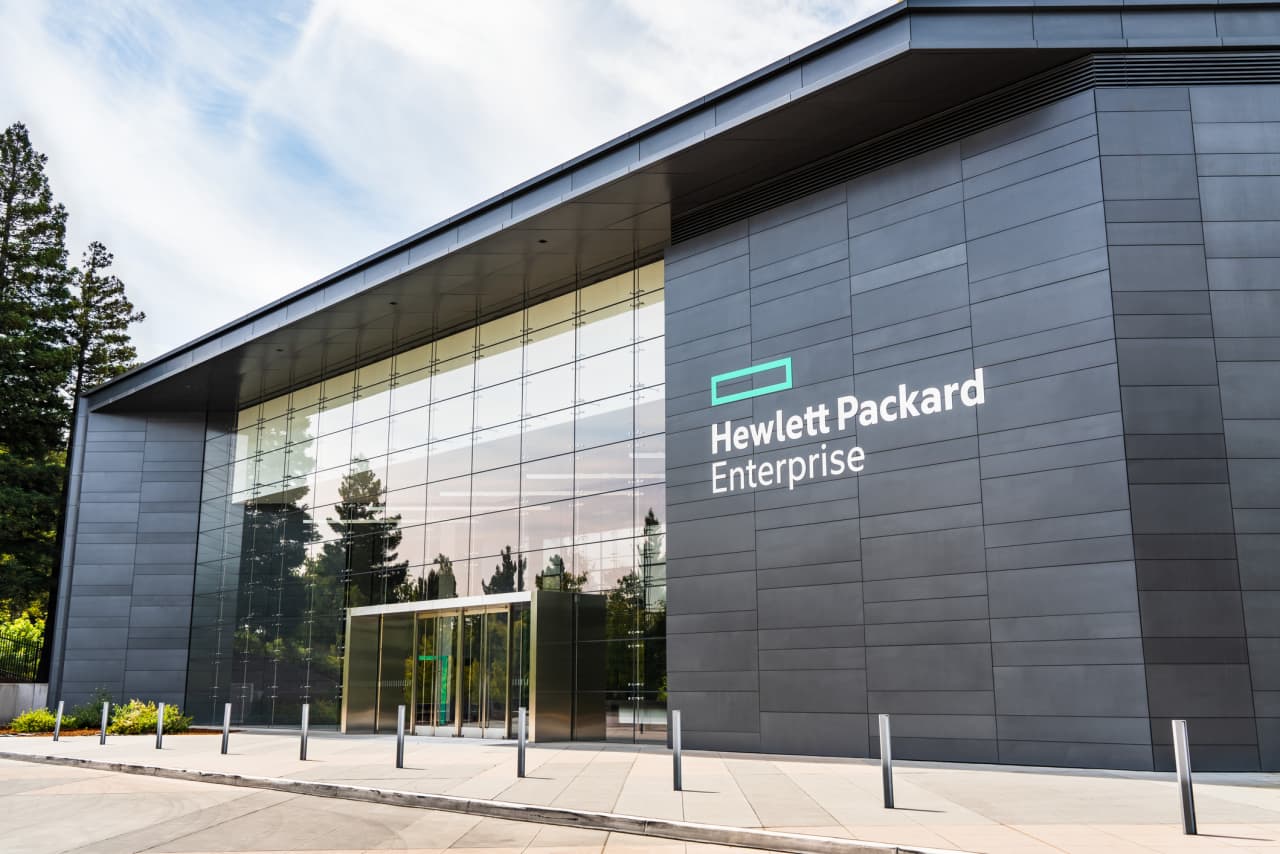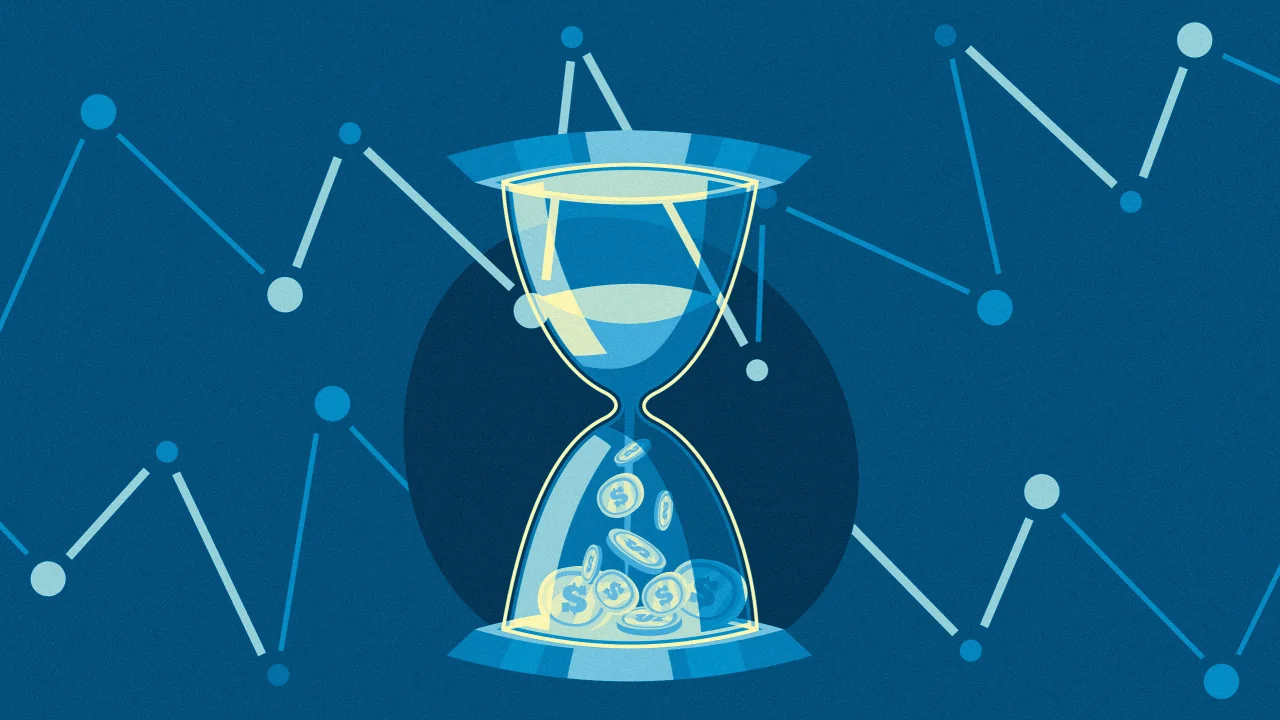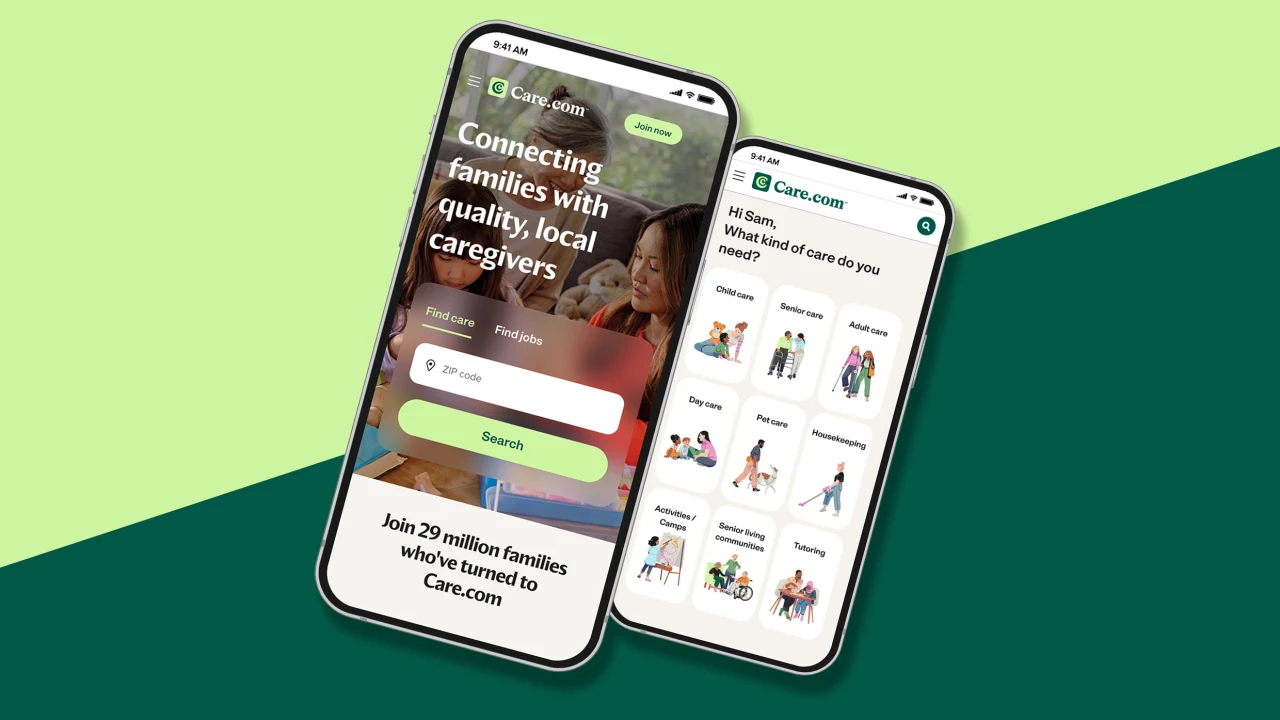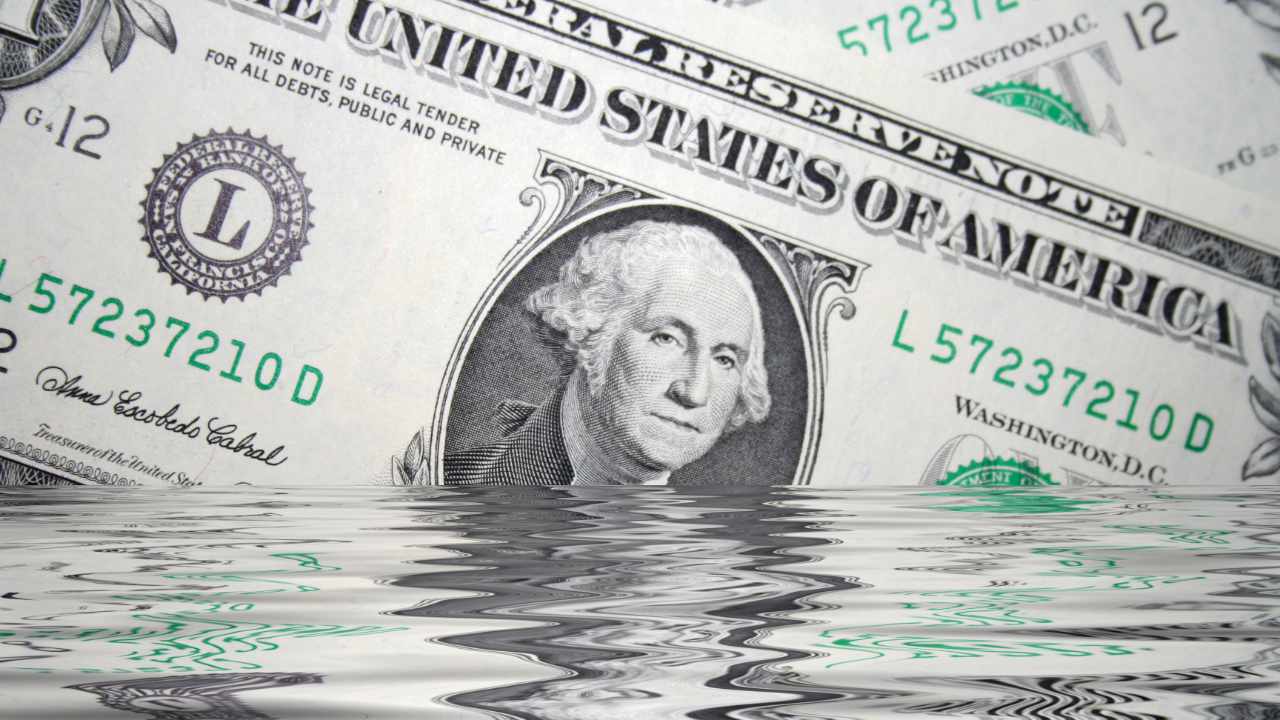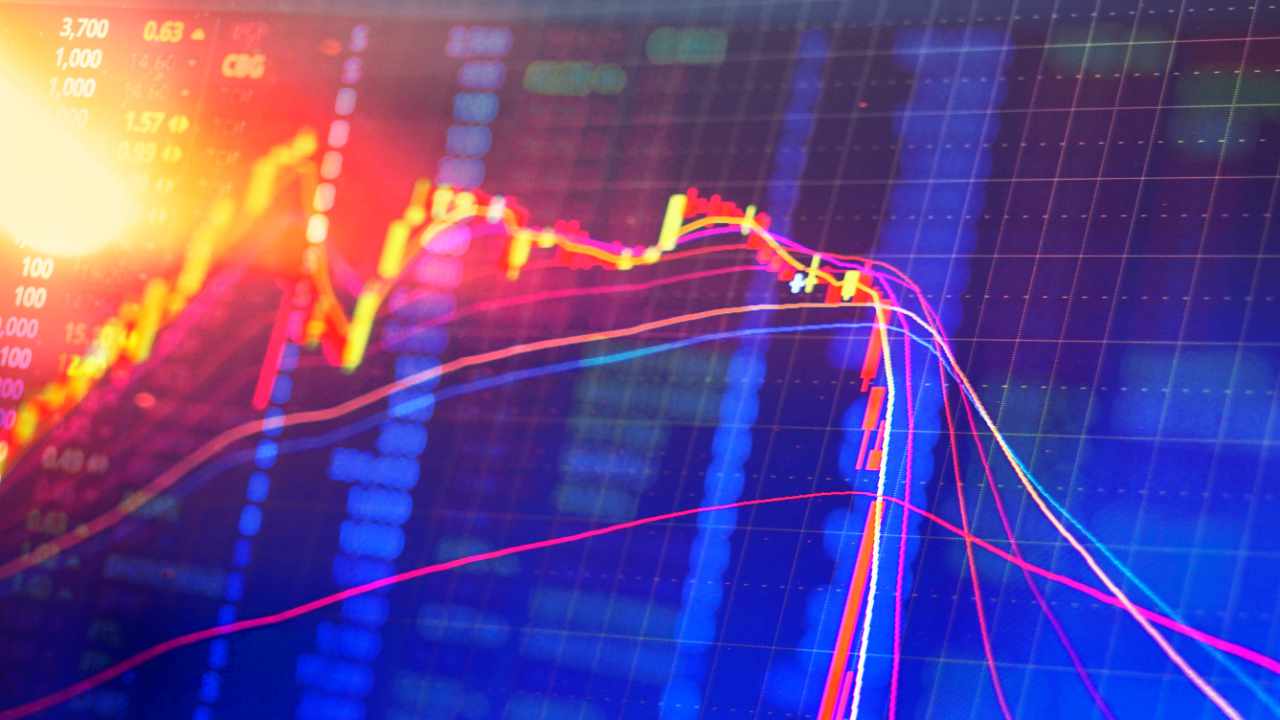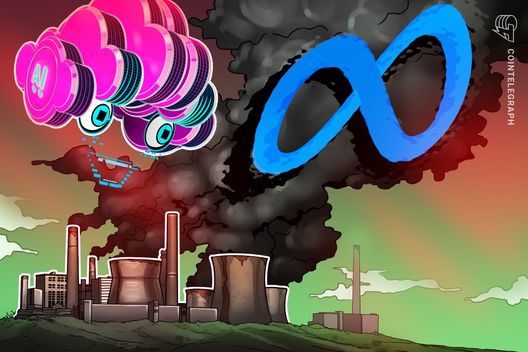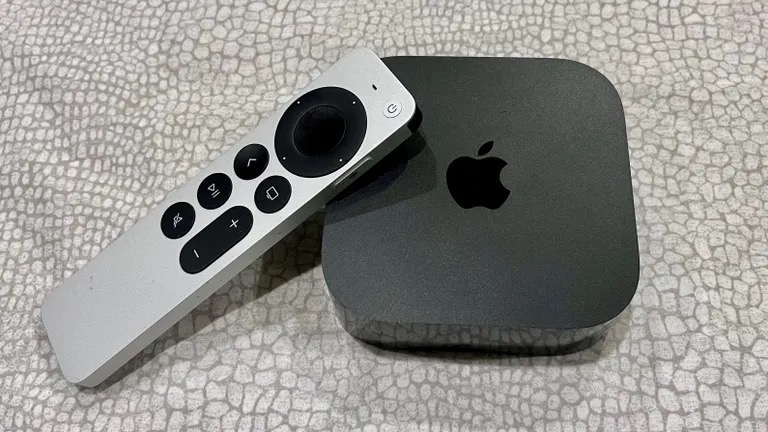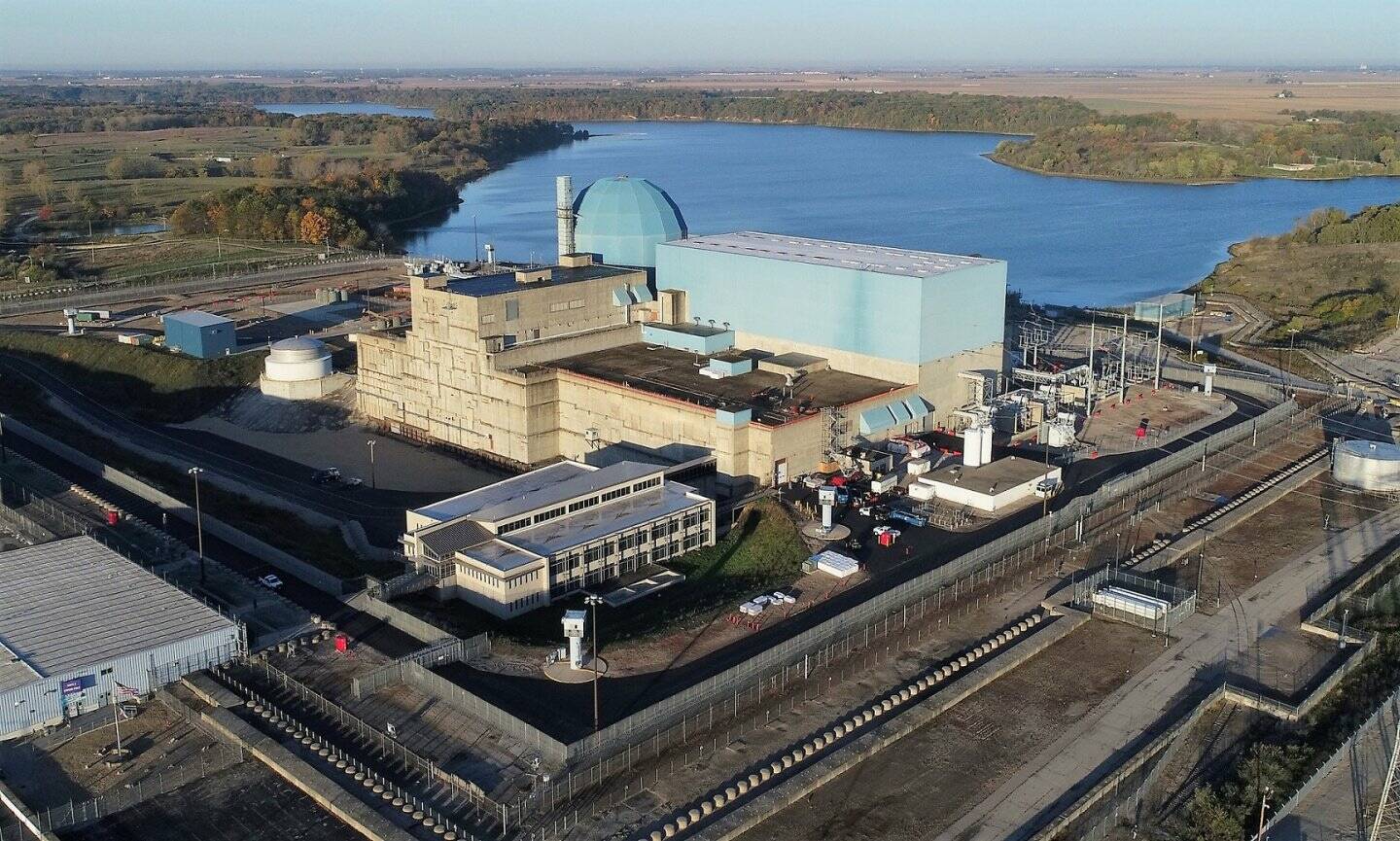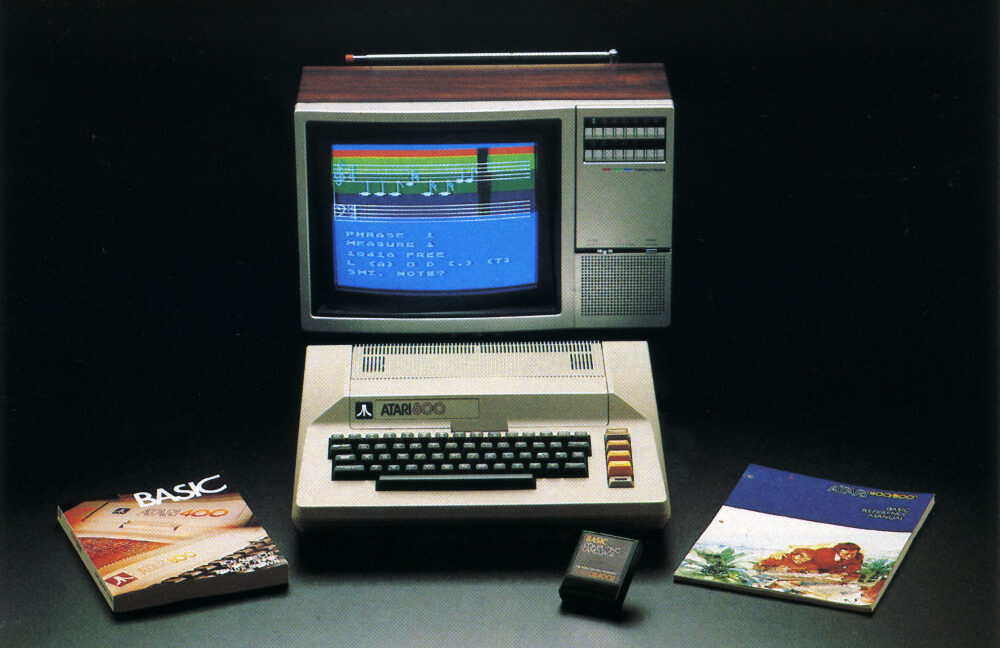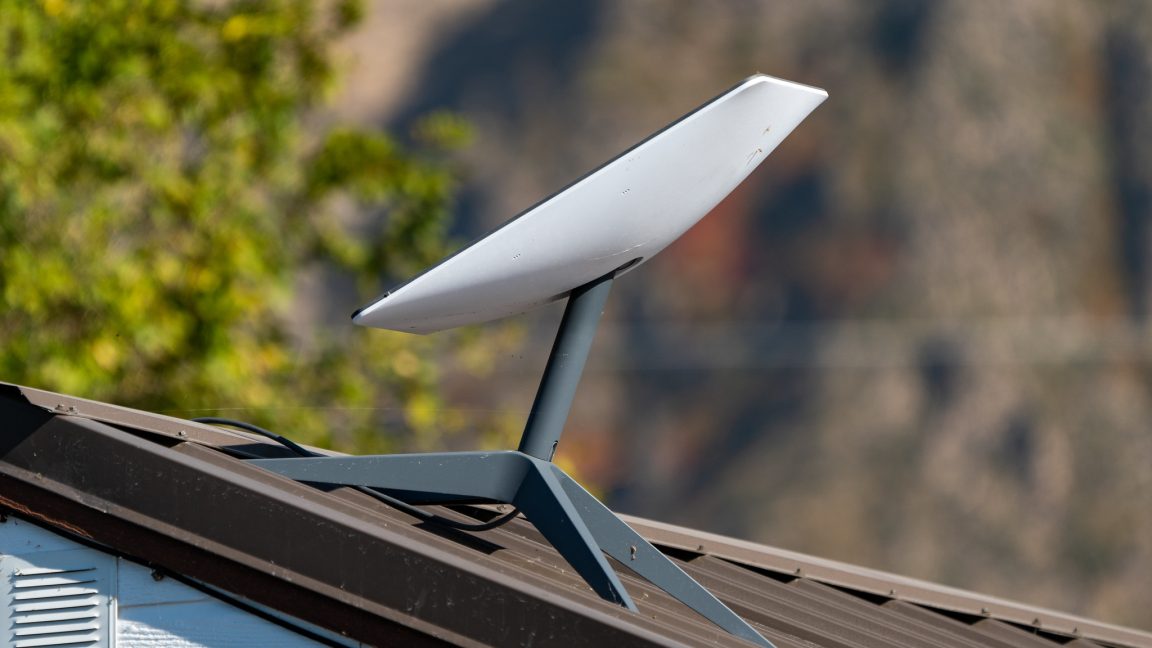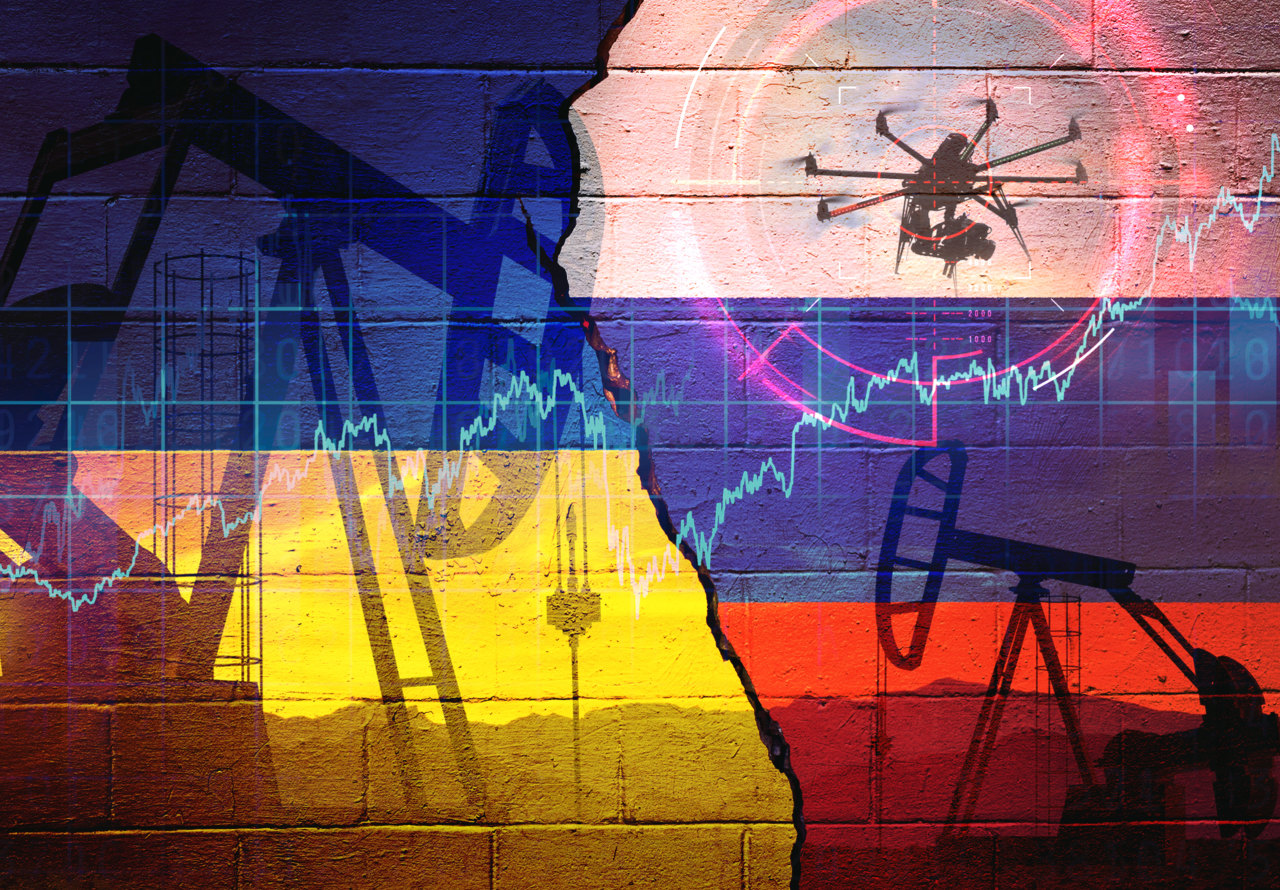Can We Power the World with Only Clean Energy?
Every time the clean energy debate surfaces, a familiar stat gets thrown around: only 8.5% of the world’s energy comes from clean sources...


Every time the clean energy debate surfaces, a familiar stat gets thrown around: only 8.5% of the world’s energy comes from clean sources. That figure, often cited to underline how far we have to go, sounds grim. But it’s misleading, twice over.
Let’s break it down.
In 2023, global energy demand was met primarily by:
- Oil – 35.6%
- Coal – 29.7%
- Natural Gas – 26.2%
- Hydro – 2.8%
- Nuclear – 1.8%
- Solar, Wind & Other Renewables – 3.9%
So, total “low-carbon” energy = 8.5%. This looks like a disaster, especially when climate goals call for 100% clean energy. But here's where things get interesting and hopeful.
Why That 8.5% Number Is Wrong (And Why That’s Good News)
Fossil fuel energy is incredibly inefficient. When coal or gas is burned to make electricity or fuel vehicles, most of the energy is lost as heat. On average:
- Coal power plants waste about 66% of the energy as heat.
- Internal combustion engines waste 75% of gasoline’s energy as heat.
- By the time crude oil becomes motion in a car, only ~21% of its energy remains useful.
In contrast:
- Wind and solar generate electricity directly, no burning, no big thermal losses.
- Electric motors can be over 90% efficient in converting energy into motion.
- Heat pumps can have efficiencies >100%, because they move heat instead of creating it.
When we factor in these efficiency differences—using what's called the substitution method—we see that clean sources actually provided 17.8% of global energy in 2023, not 8.5%.
Electrification: The Quiet Revolution
Here’s the dirty little secret of the clean energy transition: we don’t need to replace all fossil fuels with clean energy—only the useful part. That’s where electrification steps in.
Globally, only 20% of our energy use is in the form of electricity. The rest?
- 30% in transport (cars, trucks, planes, ships)
- 50% in heating (homes, industrial processes, etc.)
These sectors are still heavily fossil-fuel reliant, but here’s the opportunity: electrifying them not only enables the use of renewables, it drastically reduces the amount of energy we need overall.
Let’s look at transport:
- A gasoline car uses 1,000 units of energy from oil to produce just 210 units of motion.
- An electric vehicle (EV) needs only 300–500 units of electricity to deliver the same result.
And heating?
- A gas boiler’s max efficiency is around 90%.
- An electric heat pump can exceed 300% efficiency, drawing heat from the air.
The result? A fully electrified world could slash global energy demand by up to 40%.
Do We Need 60 Million Wind Turbines?
No, and here’s why.
If you tried to power the world using just 3 MW onshore wind turbines, you’d need around:
- 30 million turbines without storage
- Up to 60 million with redundancy for windless days
That’s around 900 million acres, almost all the farmland in the U.S.
But real-world energy grids don’t rely on one source. They combine:
- Wind
- Solar
- Hydro
- Geothermal
- Nuclear
Together, they:
- Balance intermittency
- Use less land
- Provide flexible generation
- Enable smart grid management
In short, we’ll need a lot of clean power, but not absurd levels. With today’s tech and tomorrow’s efficiencies, it’s very possible.
The Final 10%: The Hard Stuff
Let’s not sugarcoat it: not everything can be electrified.
Tough-to-clean sectors include:
- Aviation (battery tech too heavy for long flights)
- Maritime shipping (requires high-density fuels)
- Heavy industries like steel, cement, and chemicals
For these, clean alternatives like green hydrogen, ammonia, and carbon-neutral biofuels are being explored. They’re viable—just not yet at full scale.
That’s where carbon capture and offsets come in. A completely clean world isn’t possible, but net-zero is:
- A 90–95% clean energy system
- Smart use of carbon removal tools
- = a sustainable future
But What About Growing Energy Demand?
Globally, energy demand grows about 1–2% annually. That's not a bug—it’s the result of rising living standards.
But according to the UK’s 2023 Climate Change Committee report, efficiency improvements from electrification can outpace this growth. In their model:
- Useful energy demand grows by 10%
- But primary energy drops by 33%
- Why? Because electrified systems waste less energy
Even in developing countries like India or Vietnam, where demand will grow significantly, the shift to efficient electric systems can slow the rate of growth, making clean transitions more manageable.
Why Clean Energy Will Scale Faster Than We Think
Here’s the kicker: clean electricity is becoming cheaper than fossil fuels—and fast.
- Solar is now the cheapest form of electricity in most parts of the world.
- Wind is catching up fast.
- Battery storage costs have fallen by over 85% in the last decade.
- Modular nuclear tech and geothermal are gaining momentum.
Once the economics tip—and in many regions they already have—the transition accelerates. Markets, not just mandates, start driving the change.
The Path to “Good Enough”
So will we ever reach 100% clean energy? Probably not.
But that’s okay.
If we reach:
- 90–95% clean energy
- And compensate the rest with targeted carbon capture, natural carbon sinks, and smart policy, we’ll have hit the goal: net-zero emissions.
So What Can You Do?
If you want to be part of the clean energy transition:
- Electrify your life where possible—EVs, induction cooking, heat pumps.
- Support smart energy policy that backs clean infrastructure.
- Work in clean energy—from grid tech to green finance, it’s the fastest-growing sector on Earth.
We Don’t Need to Be Perfect, Just Smart
We don’t need 60 million wind turbines.
We don’t need to decarbonize every plane or furnace.
We don’t need to wait for a miracle technology.
We need to electrify, smartly scale clean sources, and have a real plan for the messy 5%.
That’s how we power the world with (almost) only clean energy.










.png)




























